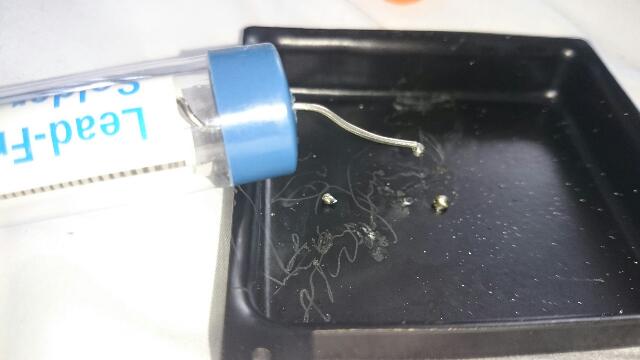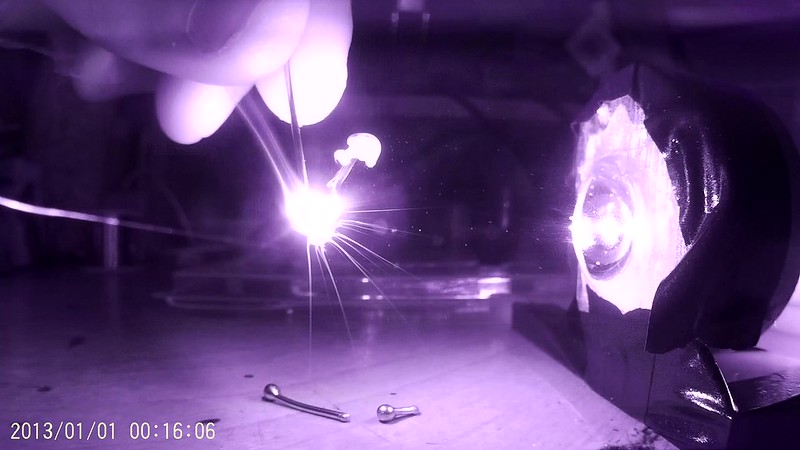- Joined
- Oct 16, 2014
- Messages
- 12
- Points
- 0
Hi all,
If I use a 405nm or 445nm laser diode, how much power would I need to melt solder paste? The solder blobs would be roughly 1.5mm x 1.5mm max and about 1mm high. Melting temp is approx 300 deg-F. Would a 3W laser do the job?
This video shows an example (see around 4:25)... https://www.youtube.com/watch?v=LDpc1-lV5Ns
Thanks.
If I use a 405nm or 445nm laser diode, how much power would I need to melt solder paste? The solder blobs would be roughly 1.5mm x 1.5mm max and about 1mm high. Melting temp is approx 300 deg-F. Would a 3W laser do the job?
This video shows an example (see around 4:25)... https://www.youtube.com/watch?v=LDpc1-lV5Ns
Thanks.
Last edited:





